I want to get data from firebase without changing my database structure because I have two condition:
When admin logins then he can see all employees data for the selected year or say year-wise.
But when employees login then they should be able to see their individual data from all the years using employee code, which is a child also (blue tick in the picture).
Below is my database structure:
The child marked in red is unknown in case of employee's access and the blue tick denotes an employee who may be present in every year.
All I want is to achieve the 2nd condition. But I am unable to get the data. Here is my code:
private void retrieveData() {
final String shift = kvName.getText().toString();
final String employeeCode = empCode.getText().toString();
dbRef.child("Apar").child(shift);
dbRef.orderByChild(employeeCode).equalTo(employeeCode).addValueEventListener(new ValueEventListener() {
@Override
public void onDataChange(@NonNull DataSnapshot dataSnapshot) {
for (DataSnapshot datas1 : dataSnapshot.getChildren()) {
for (DataSnapshot datas2 : datas1.getChildren()) {
// String aparGrading= datas2.getKey(); //unable to figure out how to get
// Toast.makeText(Apar.this, aparGrading, Toast.LENGTH_LONG).show();
}
}
}
@Override
public void onCancelled(@NonNull DatabaseError databaseError) {
}
});
}

